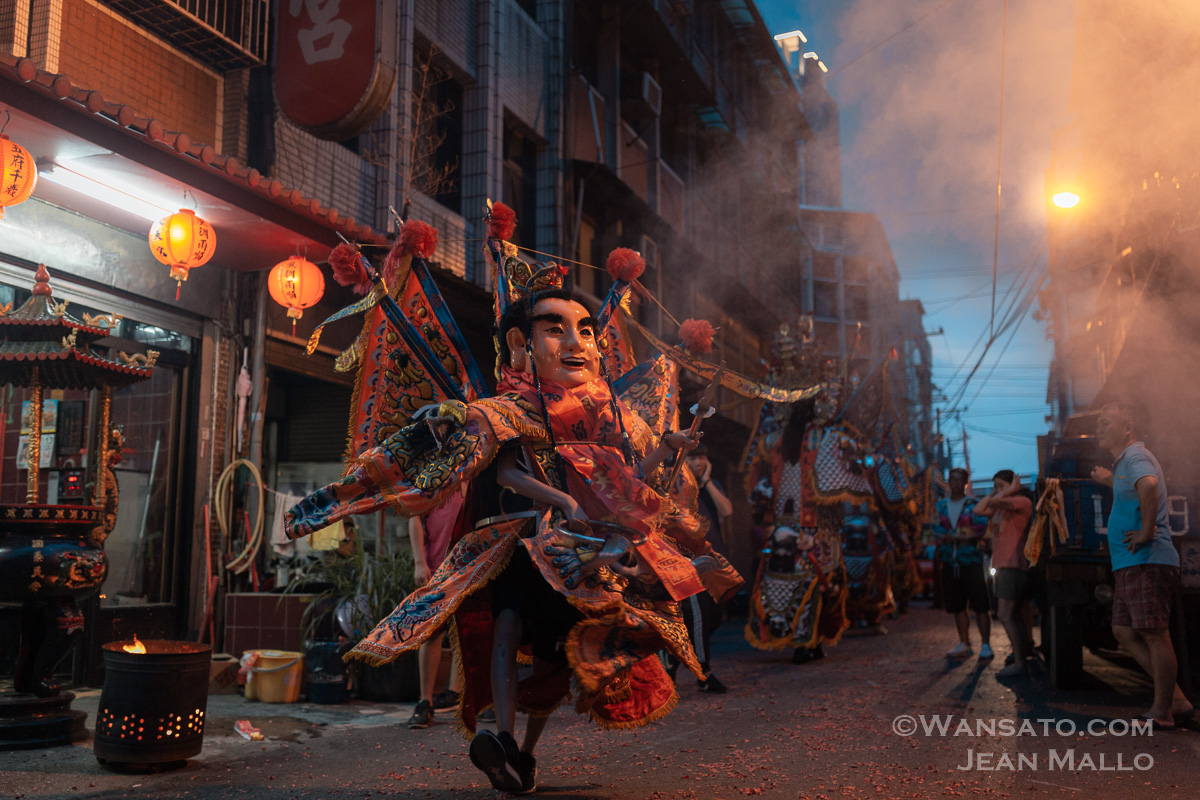
Taiwan – The parade of the gods
Once a year, Taiwanese tradition wants the gods to be brought out of their temples to parade in the city. The parade of the gods is an opportunity for the community to gather, celebrate together and perpetuate the traditions, even if it means dusting them off a bit.
T
he light is red, we are stopped on our scooter. It is hot and humid. So much so that we rather dream of being at the edge of a waterfall with refreshing water, higher in the Taiwanese mountain. Not a breeze reaches us. The atmosphere is heavy, heavy. Just waiting at the traffic light makes you sweat a lot.
In front, behind, on all sides, the roar of the engines and the exhaust fumes do not help. When the light turns green, hundreds of roars synchronize in a deafening roar for about ten seconds. Then they stop until the next red light. Then they start again, then stop again. The cycle repeats itself continuously. It almost becomes a melody. An urban melody, a mixture of noises with the music of nearby stores or the loudspeakers of blue vans offering all kinds of services. Taiwan is noisy, but we almost don’t pay attention to it anymore.
An urban melody that is suddenly interrupted by lightning and detonations. We are awakened from the hypnosis of the road and see smoke coming from the distance in the adjacent street. A crowd forms. We hear new detonations and even more smoke escapes from the street. The smoke reaches us, mixing with the surrounding pollution. We can’t see much anymore. The excitement and adrenaline are suddenly rising. People are shouting. We decide to stop on a parking lot in a hurry.
Then, timidly, a new melody more graceful than the previous one is heard. Drums, gongs and flutes play in concert, interspersed with the noise of the detonations, but still drowned in the roar of the traffic. We see giants waving in the middle of the main street and disappearing in the small adjacent street, the cars and the scooters passing them quickly. The line of dancing and whirling giants is accompanied by musicians, flag bearers and followed closely by a growing crowd. We approach the procession. The music is now loud, very loud indeed. The detonations come from hundreds of firecrackers upstream of the procession. A parade of the gods is in progress and the festival is in full swing.
We enter the small street. The line of giants does not stop, dancing, jumping and waving their arms pleasantly in front of a small temple hardly bigger than a phone booth. In turn, they take the stage for a short while and dance either alone or in duet in front of the narrow temple. Then they leave for the next temple in the neighborhood. In Taiwan, it is not uncommon to have sublime and gigantic temples surrounded by countless small temples scattered in the houses of the neighborhood. “Religion” is mostly an everyday affair, they say.
Beautifully decorated, the bright colors, shapes and exaggerations give each giant its own character. These giants, or should we say puppets – for a dancer is inside and controls them, are representations of deities and generals protecting the gods as they leave the temple. In Taiwan, they are called the 大仙尪仔 (Tōa-sian ang-á in Hokkien). The translation of 大仙尪仔 (Tōa-sian ang-á) is difficult and has no equivalent in French or English. For simplicity, this is the set of giant puppets accompanying the gods in the temple and during parades. In the temples, these deities and generals (but of a smaller size) are usually present at the side of the gods to protect them. They are housed on the right and left wings of the temple and just like the main gods, people coming to the temples pray to them and make offerings to them. The origin of this custom is believed to be in the late 19th century in the Yilan plain of Taiwan. A competition between two factions to show their devotion would have evolved over time with larger and larger puppets of the deities and larger and larger celebrations.
Depending on the deities present in the temple and especially on the financial means, the procession will be more or less important and varied. In addition to musicians (flutes, drums, gong), puppets, firecrackers – and as surprising as it may seem, some outings of the gods are modern with modified cars with techno music, pretty dancers in seductive outfits or puppets that look more like mascots of a cereal brand than deities. It seems to be a way to attract the Taiwanese youth to the old habits and customs, which continue to evolve slowly as it was once the case.
With the heat and humidity, carrying these giant puppets on these shoulders is exhausting. At times, a puppet stops to change dancers. The organizers, often with red teeth because of the betel nut, make sure that all goes well and make especially the circulation. We follow the procession, which passes in all the small temples of the district, zigzagging in the streets. We stop in front of a temple to rest. We see all the procession going in front of us, from traditional music to techno music, from puppets to young women dancing in front of the temple, all under an overwhelming heat and the smoke of firecrackers. Like us, many people stop to watch the show, especially the local residents. Even if the majority ignore it, because finally it is a rather common event in Taiwan. We almost have the impression to attend a village festival.
Towards the end of the procession, we finally see the god. A small black statue, wrapped in a yellow dress similar to the puppets, small flags flying at the back. Each temple is dedicated to a certain deity. For novices like us, it is almost impossible to know which deity we are dealing with. The god is transported by four people who advance in a certain rhythm, making the palanquin on which the god is sitting undulate harmoniously. Then, this one is transported until the entrance of his temple, in a dead end. A human chain is formed, the god is carried inside the temple and put back in his place.
All the puppets dance in turn in front of the god, enthroned again peacefully in the middle of his temple. And, very suddenly, after a final series of firecrackers, the music stops. The puppets undress, the temple faithful rest on the side of the road, and the crowd slowly disperses. In the distance, the urban melody is heard again and announces the end of the annual walk of the god. A walk which will have been a magnificent spectacle for us. Let’s hope that the god of the temple was also satisfied with his annual walk.
Sources :
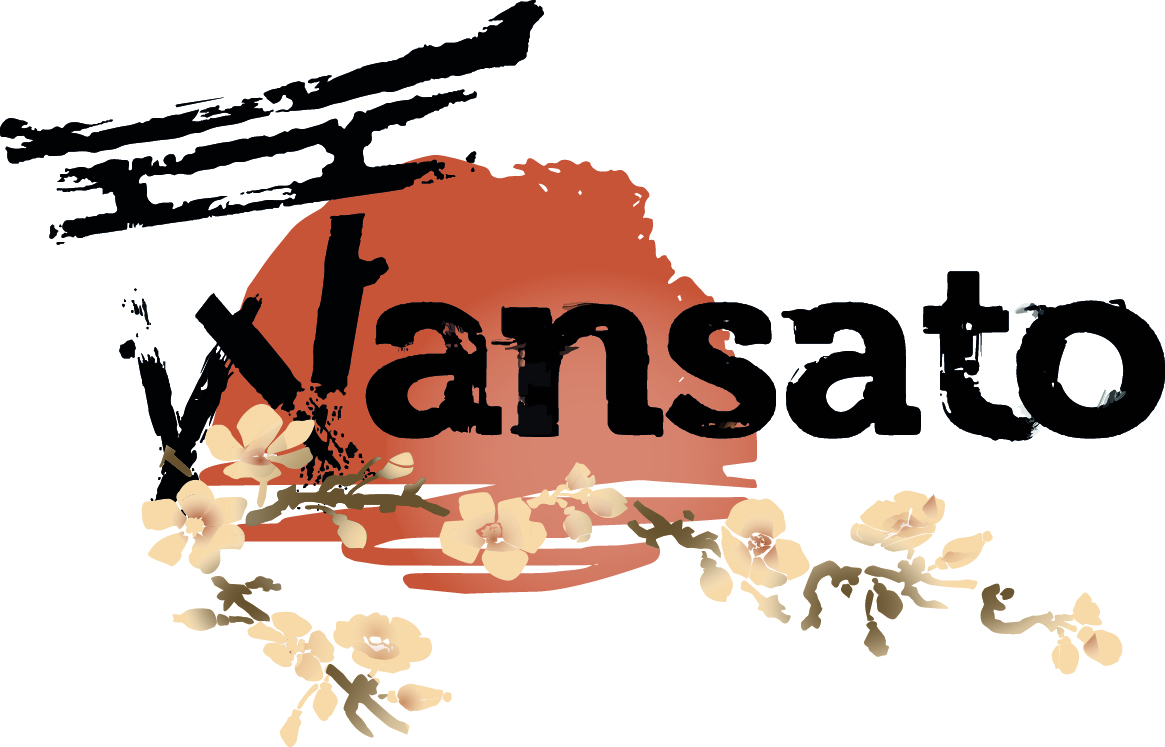
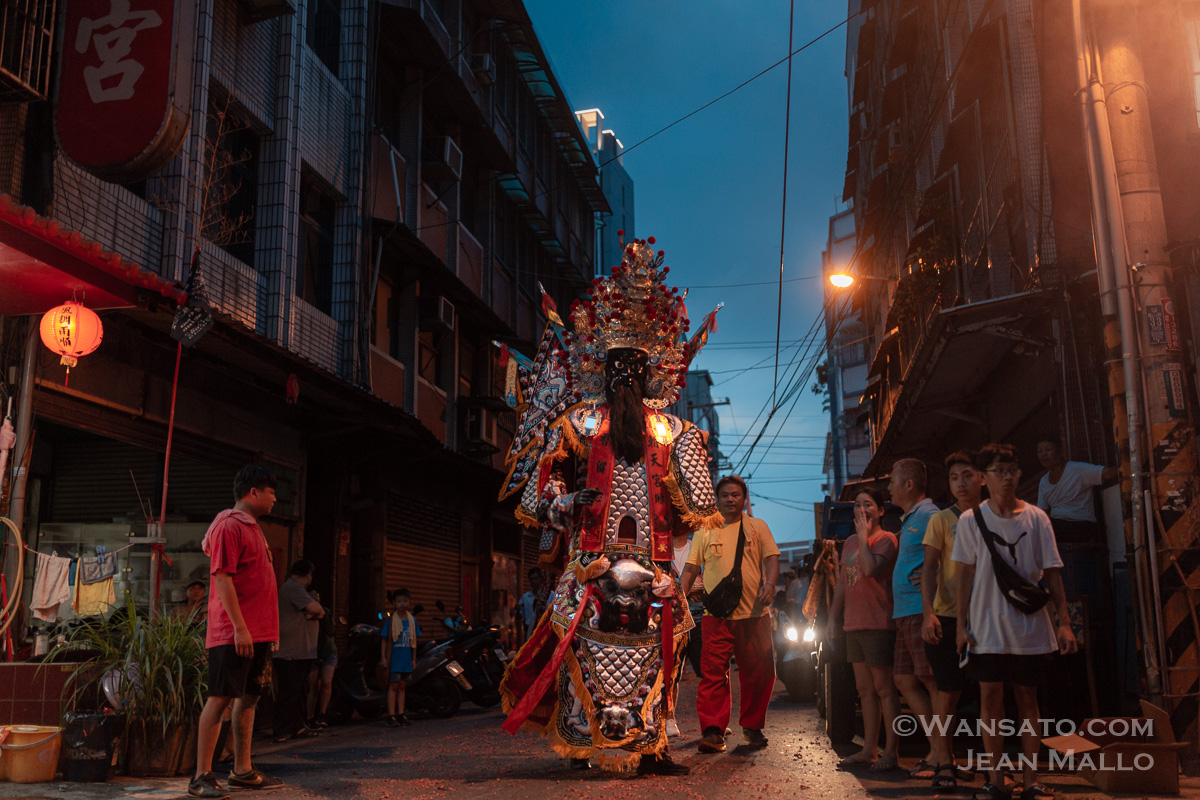
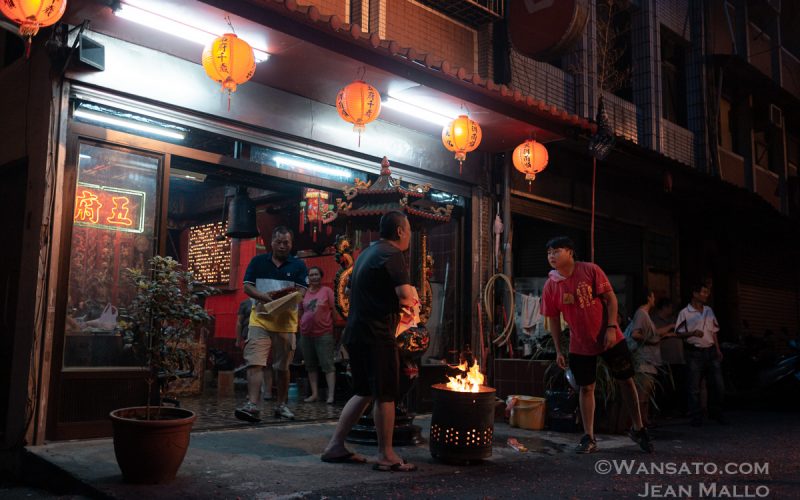
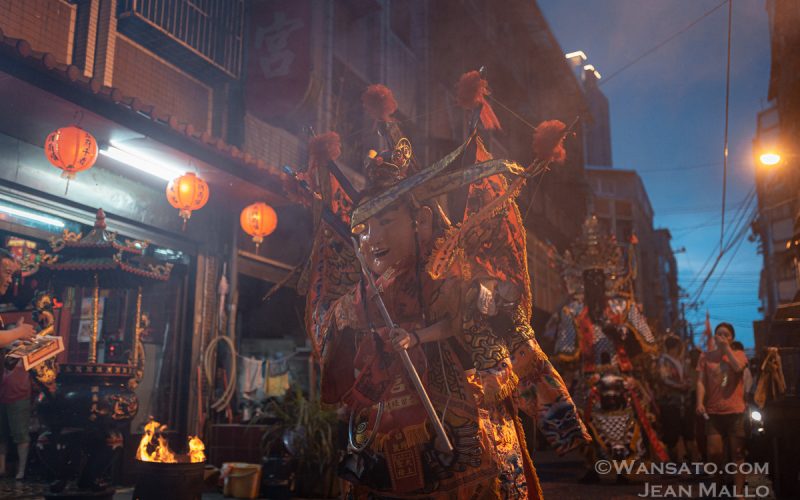
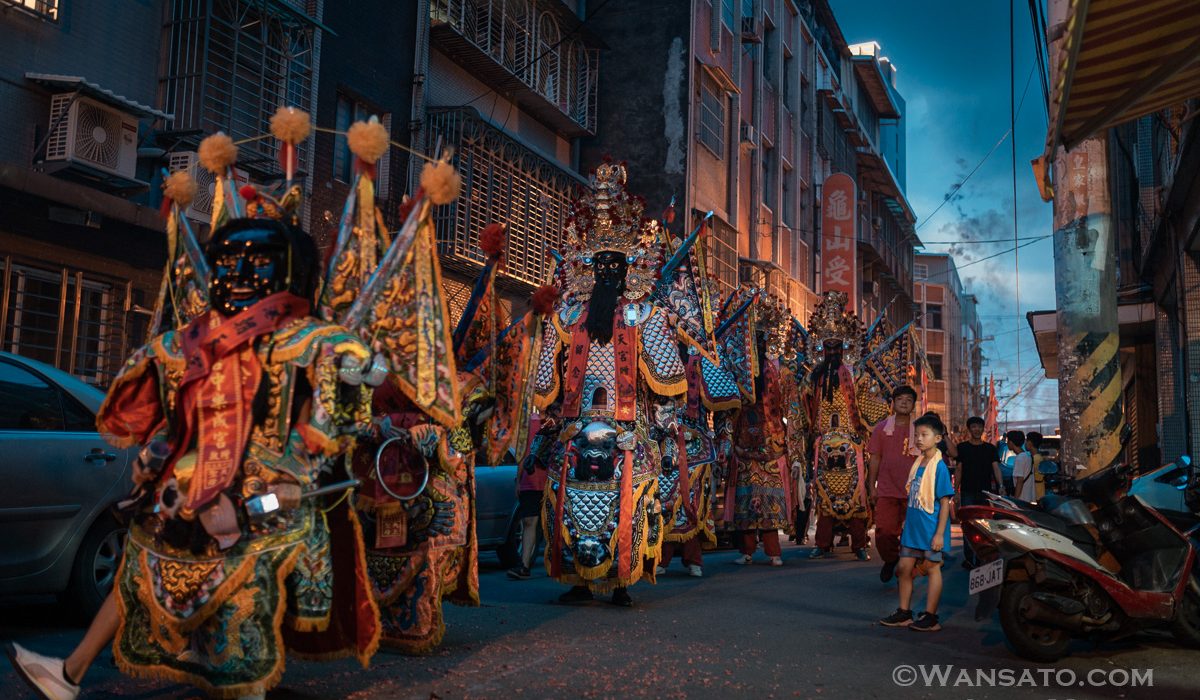
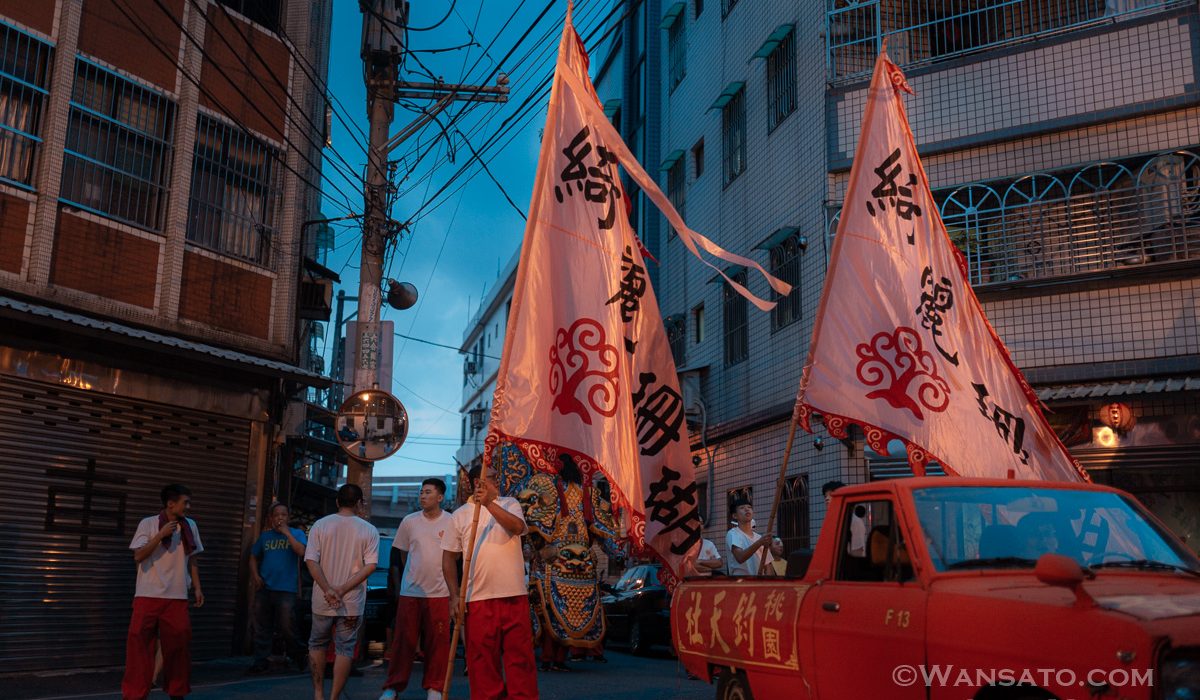
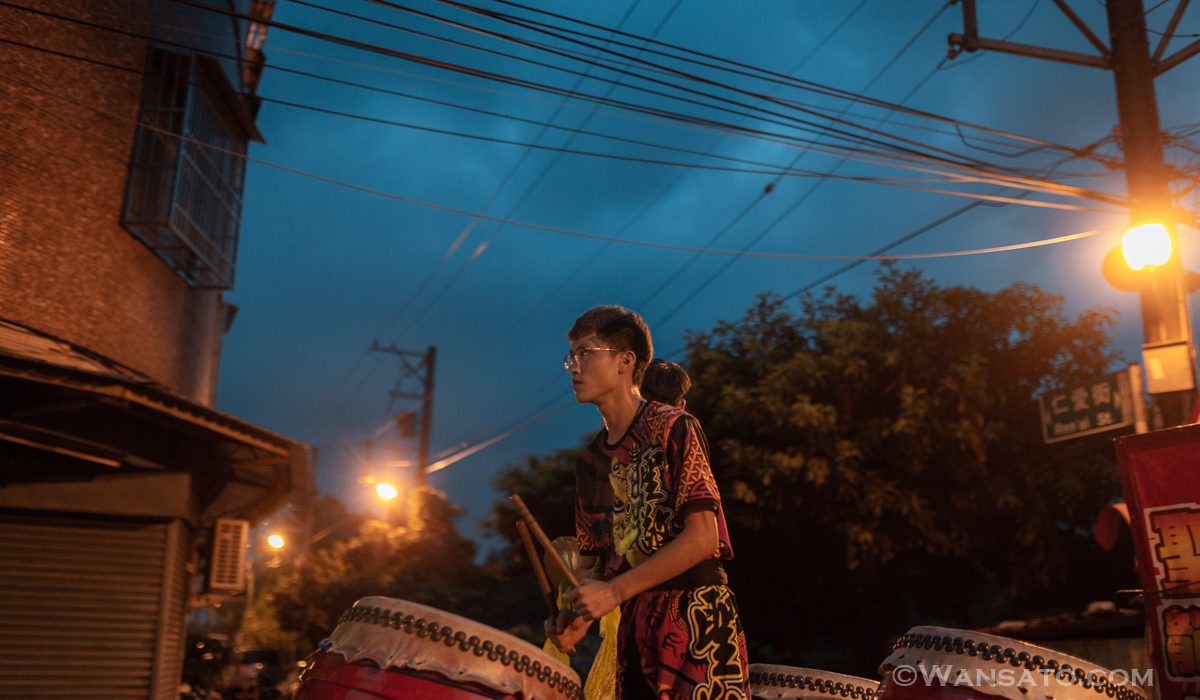
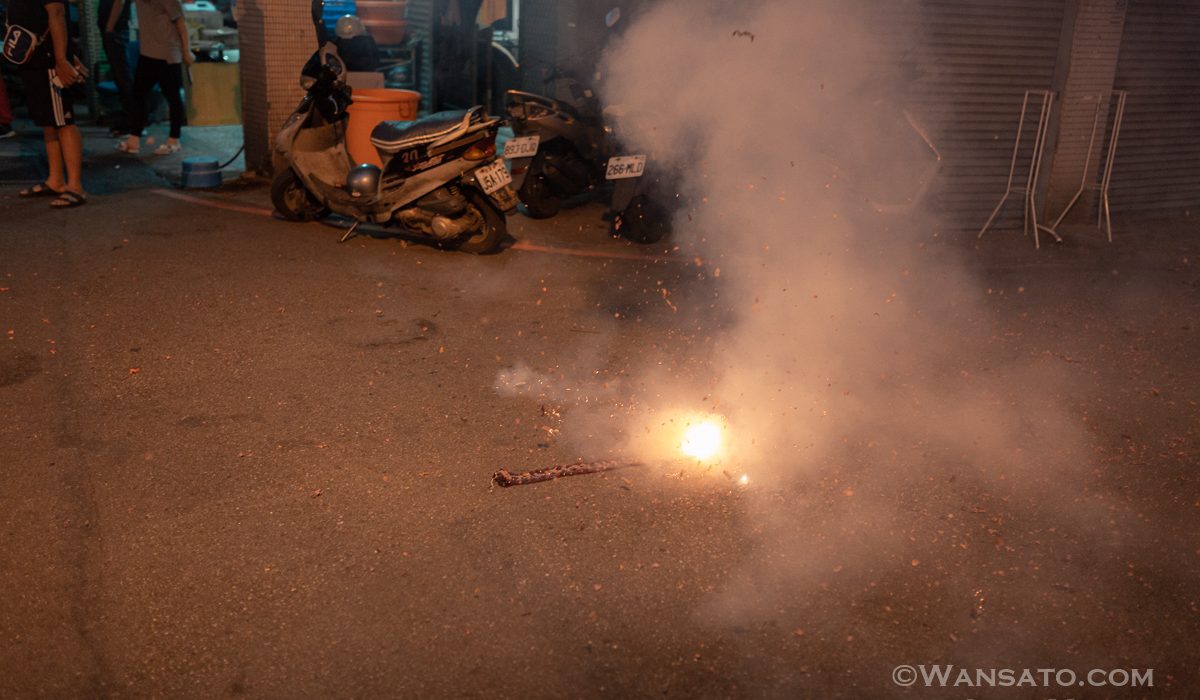
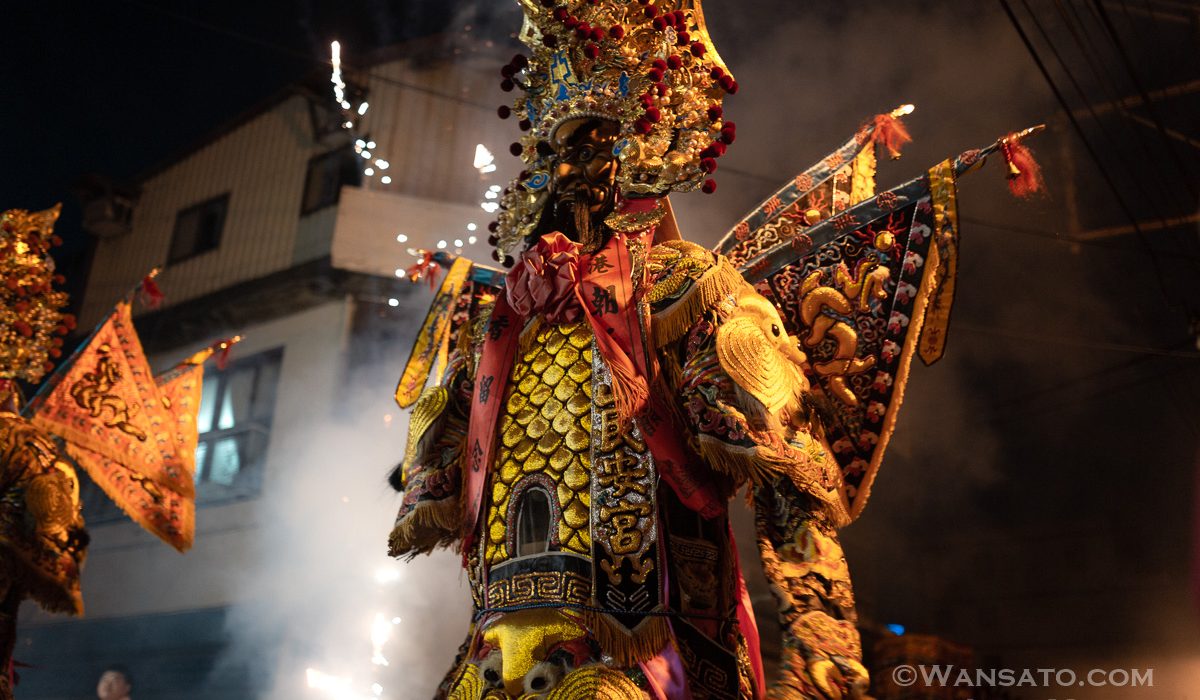
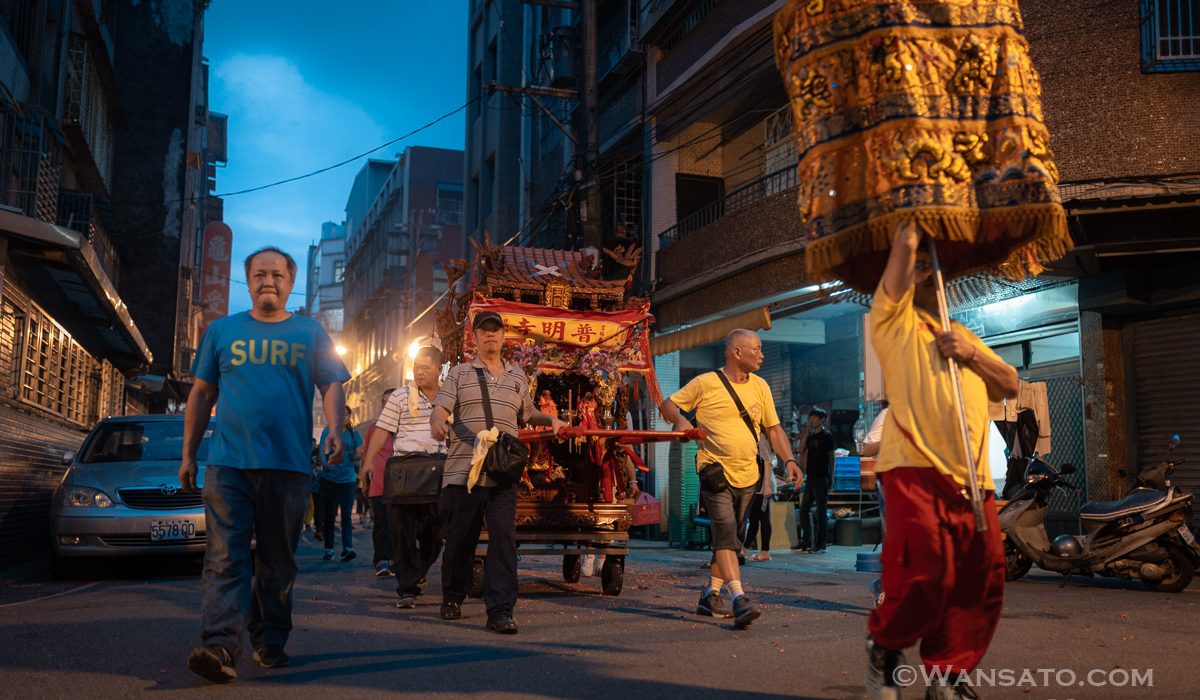
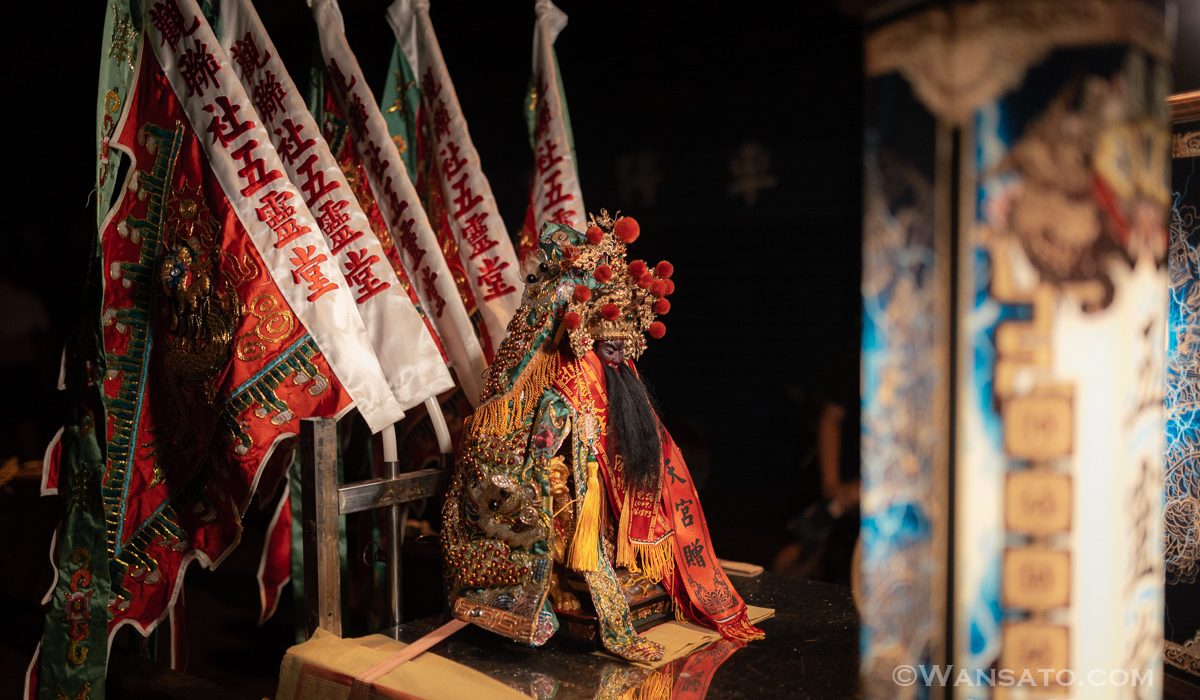
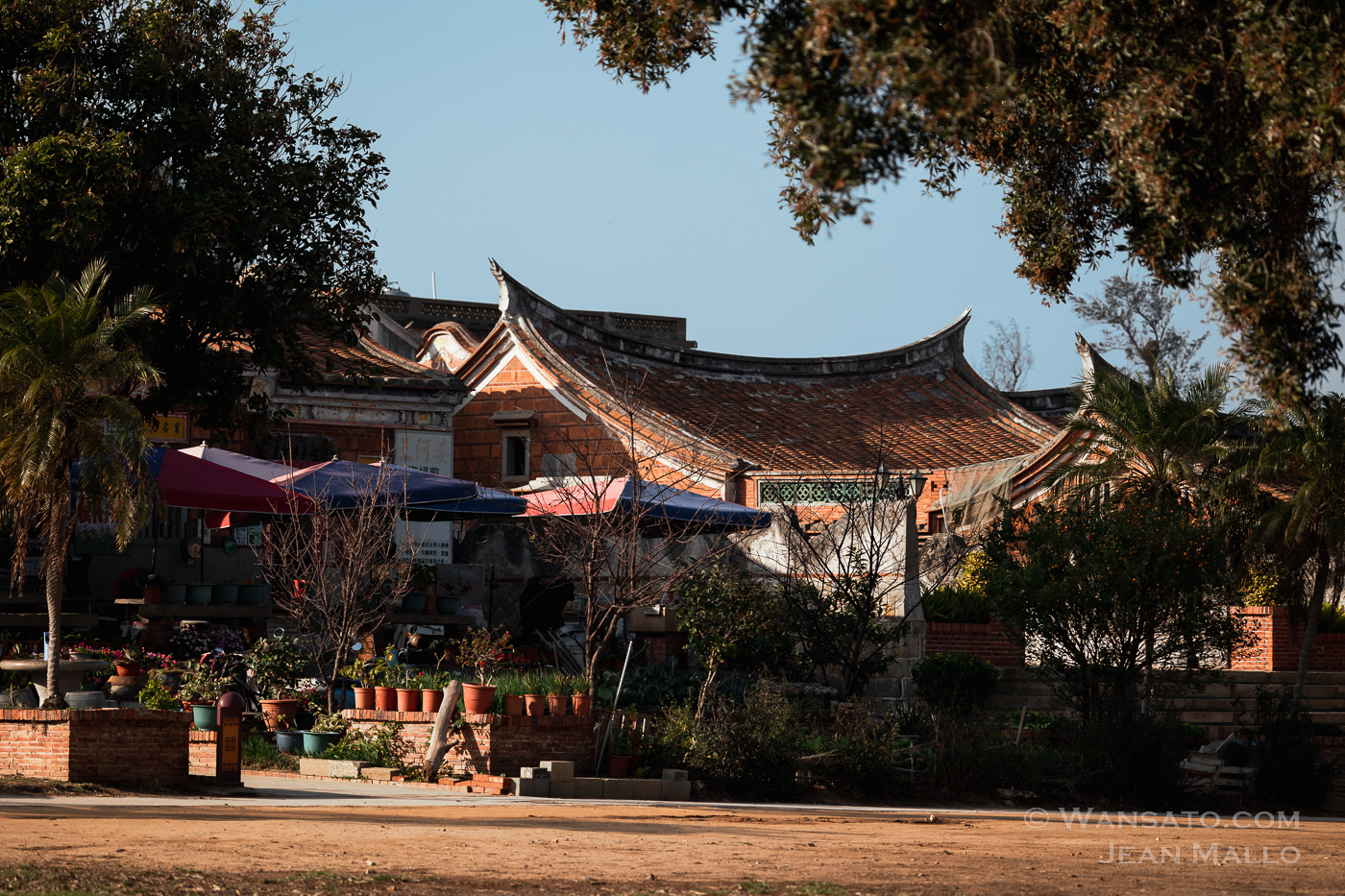
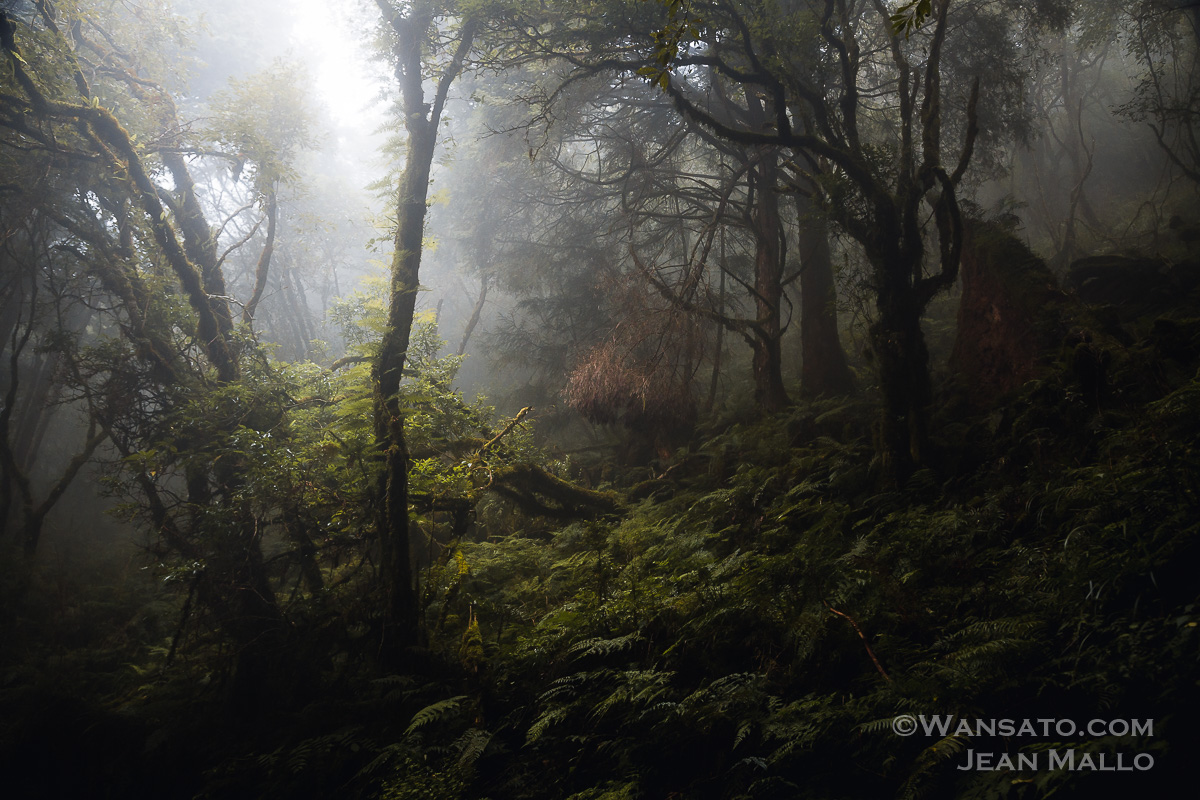
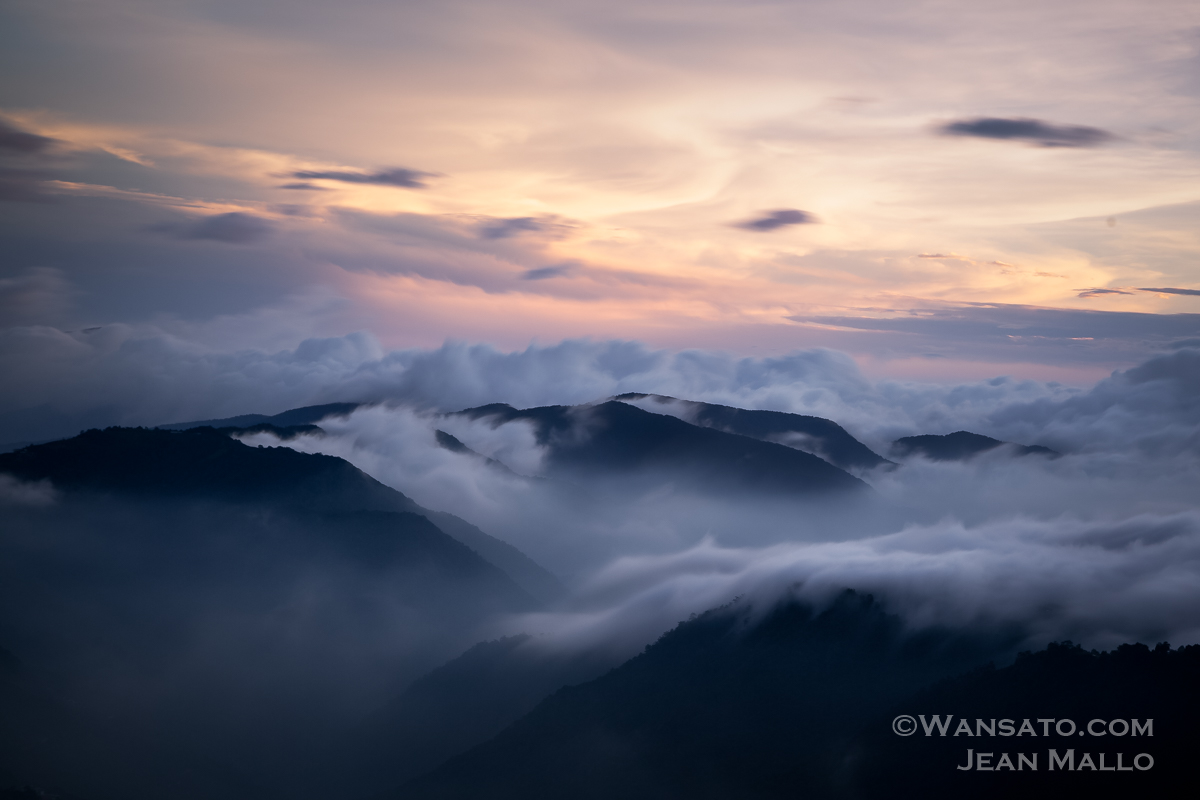
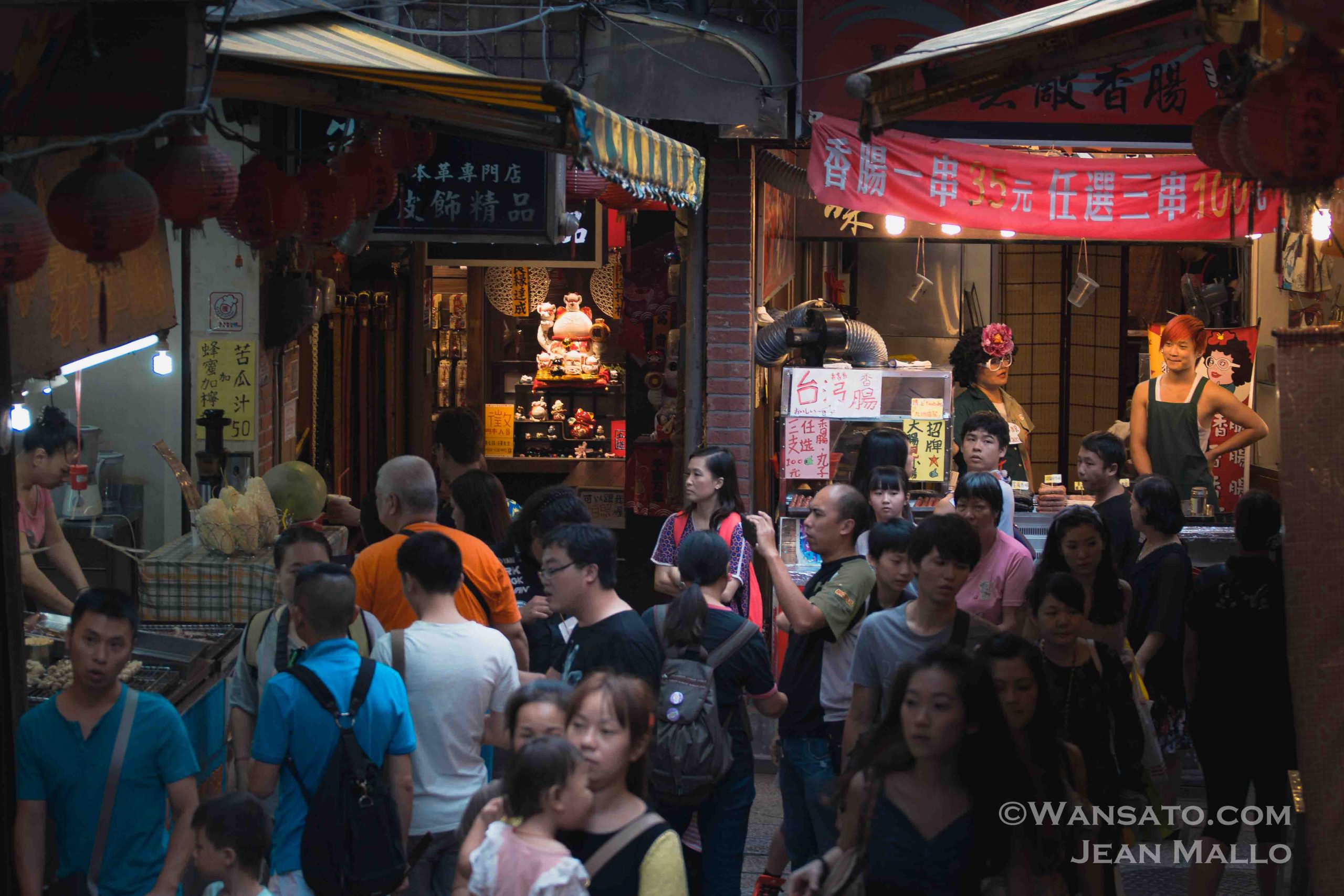
This Post Has 0 Comments